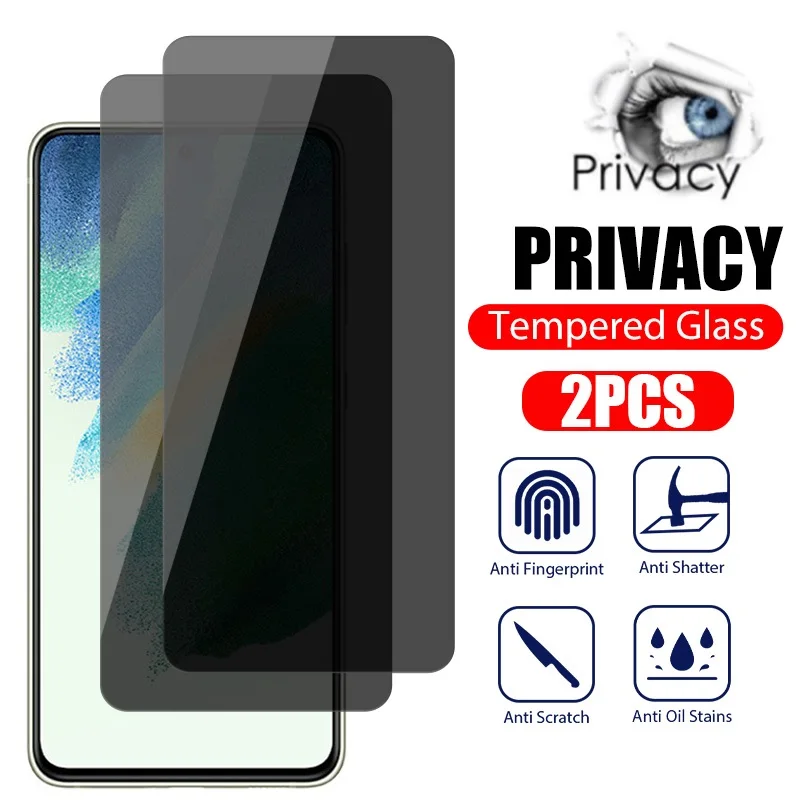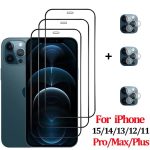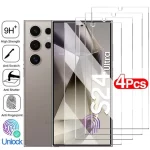Introduction to Screen Protector Bubbles
Imagine placing a new screen protector and noticing an unsightly bubble. This is a common issue that diminishes the sleek look of your device and can cause frustration. Screen protector bubbles do not just affect appearance; they compromise the protection of your phone’s screen. It’s essential to understand why these bubbles occur and how to get rid of screen protector bubbles effectively.
Beyond aesthetics, bubbles can impede screen functionality and responsiveness. As an SEO expert and professional blogger, we’ll walk through the causes and fixes. Proper application methods may prevent bubbles, but if they appear, there are techniques to resolve them. Early detection of bubbles is crucial, as they can grow and become more problematic. We will explore pre-installation measures, the application guide, and when a screen protector needs replacing. Our goal is cohesive: maintain a bubble-free screen for optimal device safety and use.
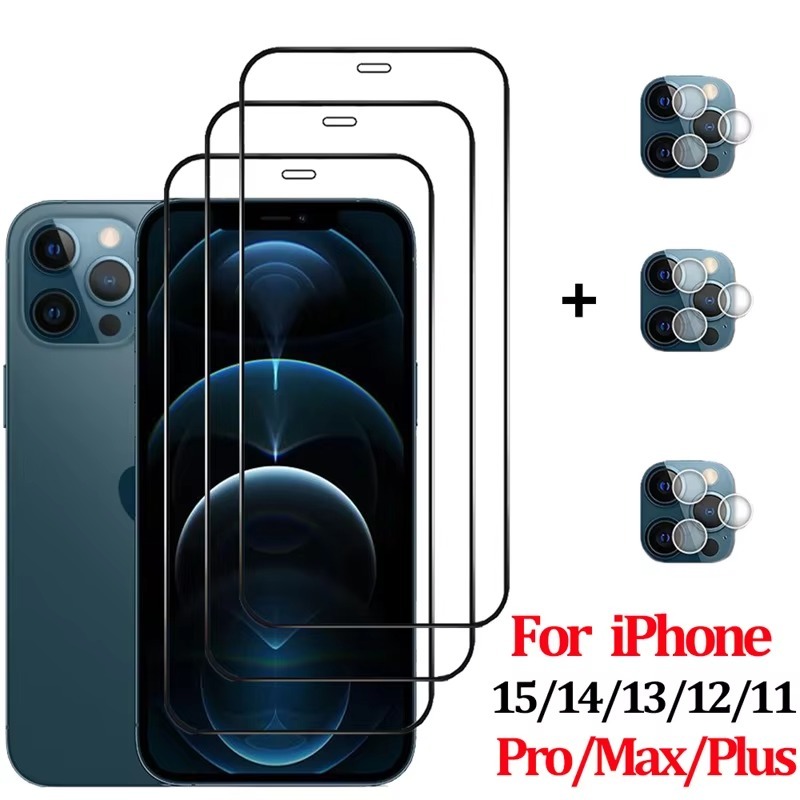
Causes of Screen Protector Bubbles
Understanding why screen protector bubbles form is key to preventing and fixing them. Bubbles usually happen due to small errors during the installation process or from the wear and tear of daily use. Here are several common reasons bubbles appear under screen protectors:
- Dirt and Dust: Even tiny particles can create air pockets when trapped under the screen protector.
- Oily Residue: Oils from fingers might prevent the screen protector from fully adhering to the phone screen.
- Improper Alignment: If the screen protector doesn’t align properly, it can’t stick evenly, causing bubbles.
- Pressure and Impact: Dropping your phone or pressing too hard on the screen can force the protector away from the glass.
Knowing these causes helps in both preventing bubbles and addressing them if they occur. Next, we’ll share essential pre-installation tips to keep your screen clear of bubbles.
Pre-Installation Tips to Prevent Bubbles
Preventing bubbles begins before you even touch the screen protector. Follow these pre-installation steps to ensure a smooth, bubble-free application:
- Create a Clean Environment: Choose a dust-free area to work in. Dust can cause bubbles.
- Wash Your Hands: Clean your hands thoroughly with soap to remove oils and dirt.
- Clean Your Screen: Use an alcohol wipe to clean the phone screen of dust, oils, and fingerprints.
- Inspect Your Tools: Check your application tools. Ensure they are clean and dust-free.
- Read Instructions: Before you start, read the screen protector instructions carefully.
These simple tips reduce the risk of bubbles and help ensure a seamless application process.
Step-by-Step Guide for Applying Screen Protectors
To avoid the frustration of screen protector bubbles, follow this simple step-by-step guide:
- Step 1: Gather your materials. You will need your screen protector, cleaning wipes, and a dust-free cloth.
- Step 2: Wash hands with soap. This reduces the risk of leaving oily residue.
- Step 3: Clean your phone screen. Use an alcohol wipe, then dry with a lint-free cloth.
- Step 4: Peel off the screen protector’s protective layer. Do this slowly to avoid dust settling.
- Step 5: Align the screen protector with your phone’s screen. Take your time to ensure it matches the edges accurately.
- Step 6: Gently place the protector onto the screen. Start from one end and slowly lower it down to prevent air pockets.
- Step 7: Press down the protector. Begin from the center and move outwards to push out any potential bubbles.
- Step 8: Remove any remaining bubbles. Gently use a credit card or squeegee to push bubbles towards the edge of the screen.
If you come across stubborn bubbles, don’t force them too much as this might damage the adhesive. Instead, you can slightly lift the protector near the bubble and let it settle back down carefully.
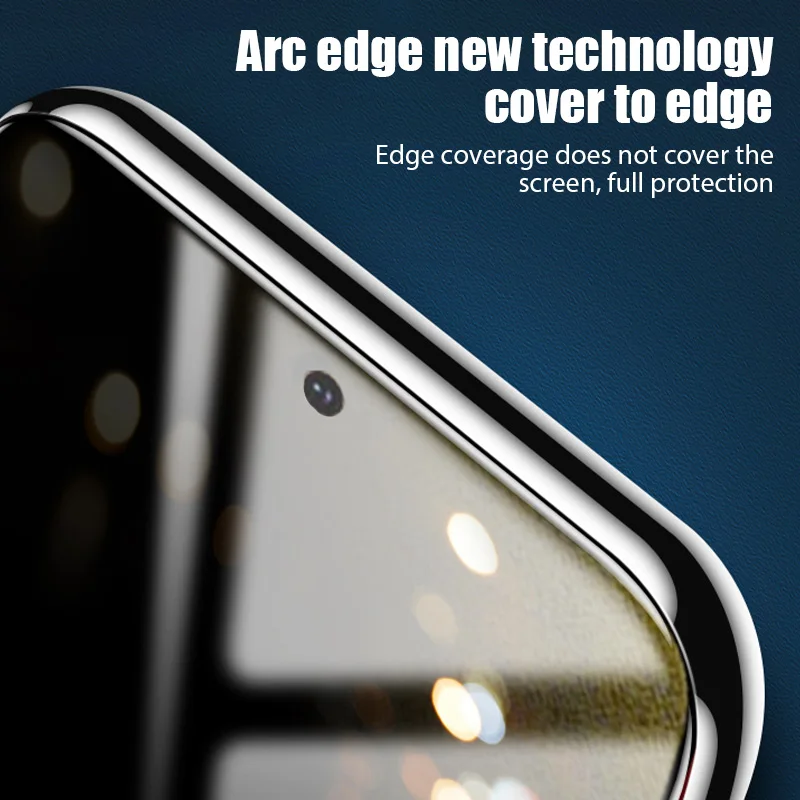
Techniques to Remove Bubbles After Installation
Sometimes, despite best efforts, bubbles appear under screen protectors after installation. Here are effective techniques to remove these bubbles:
- Use a Plastic Card: Gently push out bubbles with a card. Start from the center and move towards the edges.
- Apply Gentle Pressure: Using a clean and soft cloth, apply gentle pressure over the bubble. This often helps in smoothing it out.
- Heat Application: A low heat from a hair dryer can make the adhesive flexible. Use this method cautiously. Apply heat indirectly and use a card to push out bubbles immediately after.
- Lifting the Protector: If a bubble is near the edge, carefully lift the screen protector slightly with a thin plastic piece. Avoid using anything sharp. Press down gently as you replace it.
Professional Tip: Always ensure hands and tools are clean before adjusting the screen protector. This prevents additional dirt from getting trapped.
These methods can help you maintain a clean and bubble-free screen. If bubbles persist, consider replacing the screen protector.
When to Replace a Screen Protector
Knowing when to replace a screen protector is crucial. Sometimes, no matter how well you attempt to remove bubbles, they persist or new issues arise. Here are clear indicators that it’s time for a new screen protector:
- Persistent Bubbles: If bubbles remain despite your efforts to remove them, consider a replacement.
- Peeling Edges: When the edges start lifting from the screen, it’s time to get a new protector.
- Scratches or Cracks: Visible damage compromises the protector’s effectiveness.
- Touch Sensitivity Issues: If you experience reduced responsiveness, the screen protector might be worn out.
- Discoloration or Cloudiness: Changes in appearance can affect screen visibility.
Replacing a screen protector timely ensures continuous protection for your phone. This is vital to keep your device looking new and functioning well. Choose a quality screen protector that fits well to prevent future issues with bubbles.
Choosing the Right Screen Protector for Bubble Prevention
Choosing an ideal screen protector is essential for avoiding bubbles. Here are tips to choose the right one:
- Look for Quality: High-quality protectors often have better adhesives that reduce bubbling.
- Find the Perfect Fit: Screen protectors that match your device’s dimensions are less likely to bubble.
- Consider the Material: Tempered glass protectors are sturdy and usually easier to apply without bubbles compared to plastic ones.
- Read Reviews: Consumer feedback can indicate which products are prone to bubbles.
- Check the Installation Method: Some protectors come with tools or frames that help with precise alignment which can prevent bubbles.
- Brand Reputation: Reputable brands tend to have better quality control, reducing the chances of defects that can cause bubbles.
By considering these factors, you can find a screen protector that not only fits well but also provides the best defense against bubbles. A properly chosen screen protector is a long-term investment in keeping your screen looking pristine and responsive.
When to Replace a Screen Protector:
- Persistent Bubbles: Bubbles that won’t go away, despite repeated attempts to remove them, can be a sign that the protector isn’t adhering properly anymore.
- Peeling Edges: If the protector’s edges start lifting or peeling, it no longer provides full coverage and protection.
- Scratches or Cracks: Any visible damage, like scratches or cracks, will reduce its ability to protect your screen.
- Touch Sensitivity Issues: If the protector interferes with touch response, it might be too worn or poorly fitted.
- Discoloration or Cloudiness: Any visual distortions can affect the clarity of your screen and overall viewing experience.
Tips for Choosing the Right Screen Protector:
- Look for Quality: High-quality materials (e.g., tempered glass) often ensure better adhesion and durability.
- Fit Matters: A protector that fits the exact dimensions of your device reduces the likelihood of bubbling and misalignment.
- Material Selection: Tempered glass tends to be more bubble-resistant and more durable compared to plastic ones.
- Installation Tools: Some screen protectors come with installation kits that help with alignment, which can prevent bubbles and errors.
- Reputation: Choose well-reviewed brands for better performance and fewer issues.
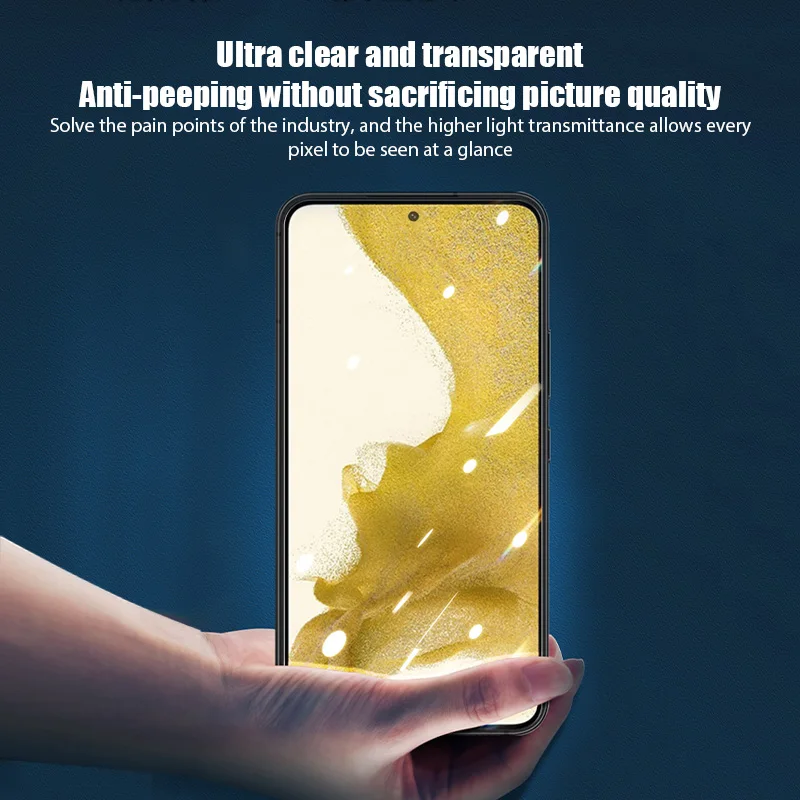
Conclusion: Maintaining a Bubble-Free Screen Protector
To keep your screen protector bubble-free, follow a few key steps. First, ensure a clean, dust-free workspace and clean gadgets. Apply your screen protector with care, keeping it aligned and avoiding dirt. If bubbles emerge, gently push them out with a card or use gentle heat. When bubbles stay or the protector peels and cracks, get a new one. Pick a top-quality protector to prevent future bubbling. These steps will help keep your device protected and looking sharp.
